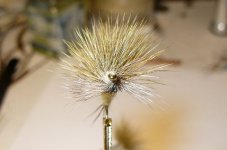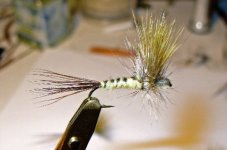I
ICM
Member
- Joined
- Mar 21, 2016
- Messages
- 57
In an effort to cut costs in purchasing flies (no, tying them myself is not an option), what are the essential differences between comparaduns and parachutes? It can get a bit expensive to buy the same fly in different sizes and then different styles (catskill, nymph, spinner, emerger, comparadun, parachute). It seems to me that comparaduns and parachutes are largely duplicative in that they can represent traditional duns, emergers in the film, and spinners. If so, why have both? If you had to choose, which one and why? Enlighten me.





